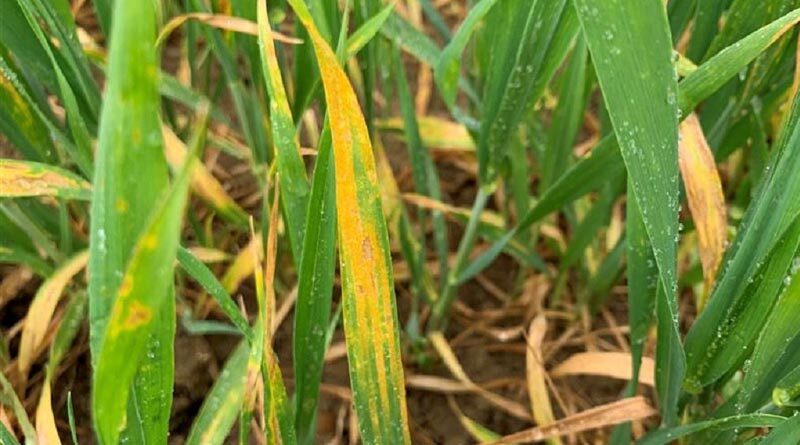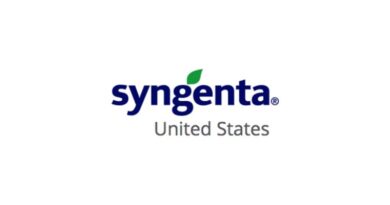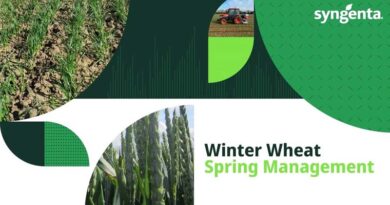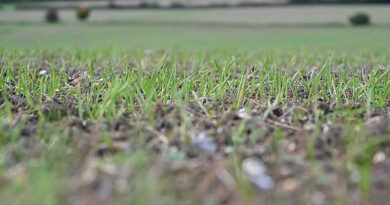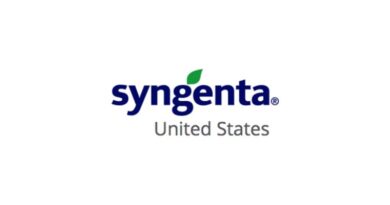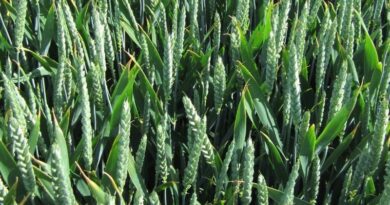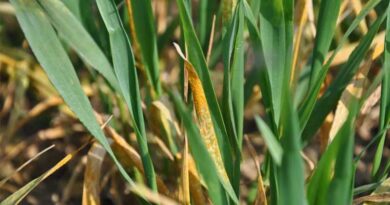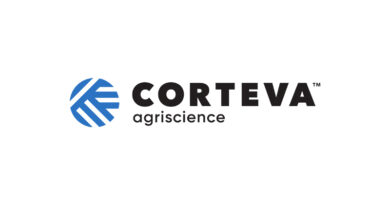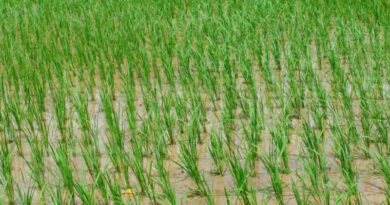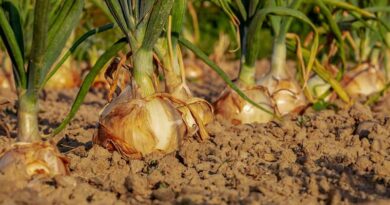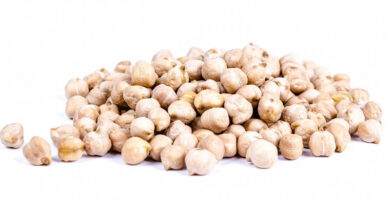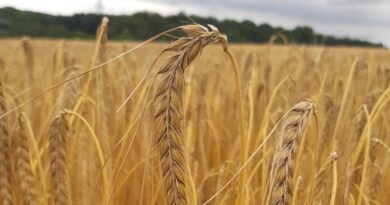Key considerations for T1 wheat applications
12 April 2022, UK: With the relatively open drilling period in the autumn, wheat crops around the country are currently at a range of growth stages with the earliest drilled crops fast approaching T1, whilst some are yet to hit stem extension.
Following some excellent establishment in the autumn, many winter wheat crops have now had two fertiliser applications and with recent rains and mild day time temperatures, many crops are looking full of potential. Whilst input costs remain challenging, commodity prices remain high and support investment in these crops.
Disease risk for key diseases – yellow rust and Septoria
1st April – Yellow rust (LHS) inoculum building across Europe and south-east UK, with Septoria tritici (RHS) developing in north and west of the UK

Below are some key considerations for wheat varieties for the coming weeks:
- T1 is a critical time for both disease and canopy management. Focus on targeting final leaf 3 rather than growth stage to ensure optimal protection of yield building leaves.
- Prioritise early drilled crops and varieties which are more susceptible.
- Yellow rust, Septoria tritici and mildew have been reported widely across the country. With recent mild day time temperatures and rain splash events, optimising fungicides will be important.
- Yellow rust can quickly spread through the crop in mild conditions (10-15oC), completing its lifecycle in as little as 7 days but requires moisture for sporulation and germination. The forecast looks conducive for yellow rust development – treat active rust in all varieties.
- Where yellow rust is the primary target, utilise best available chemistry at T1 with ELATUS Era. This will be particularly valuable on varieties such as SY INSITOR which have good Septoria resistance but moderate yellow rust resistance.
- Adapt disease management according to risk and use appropriate rates. Utilise different modes of action and multi-site (folpet) chemistry as part of an anti-resistance strategy.
- Assess risk dependent on variety to determine requirement for growth regulation, such as MODDUS at GS31/32 – experience has shown that a programmed approach is most effective for managing lodging risk.
- For feed wheat apply remaining split doses of nitrogen to optimise yield, as and when conditions are conducive.

Adaptive Disease Management for Wheat


